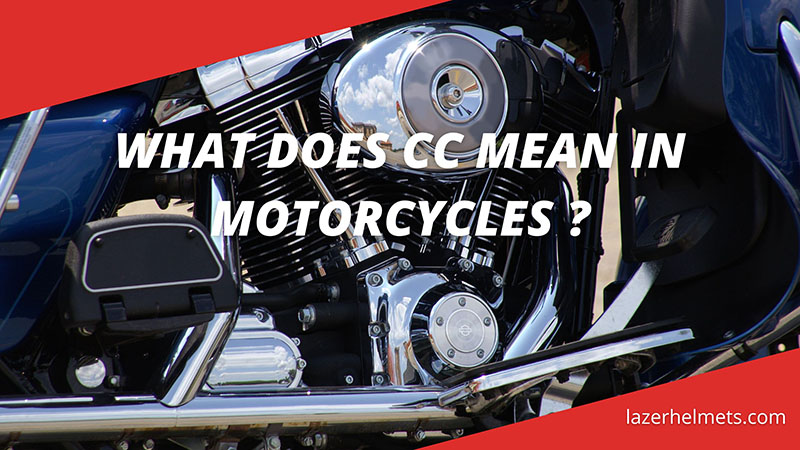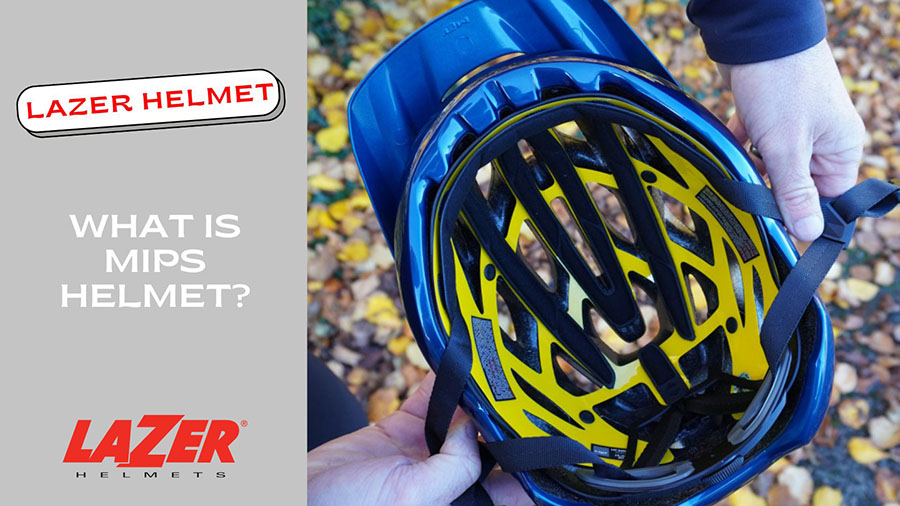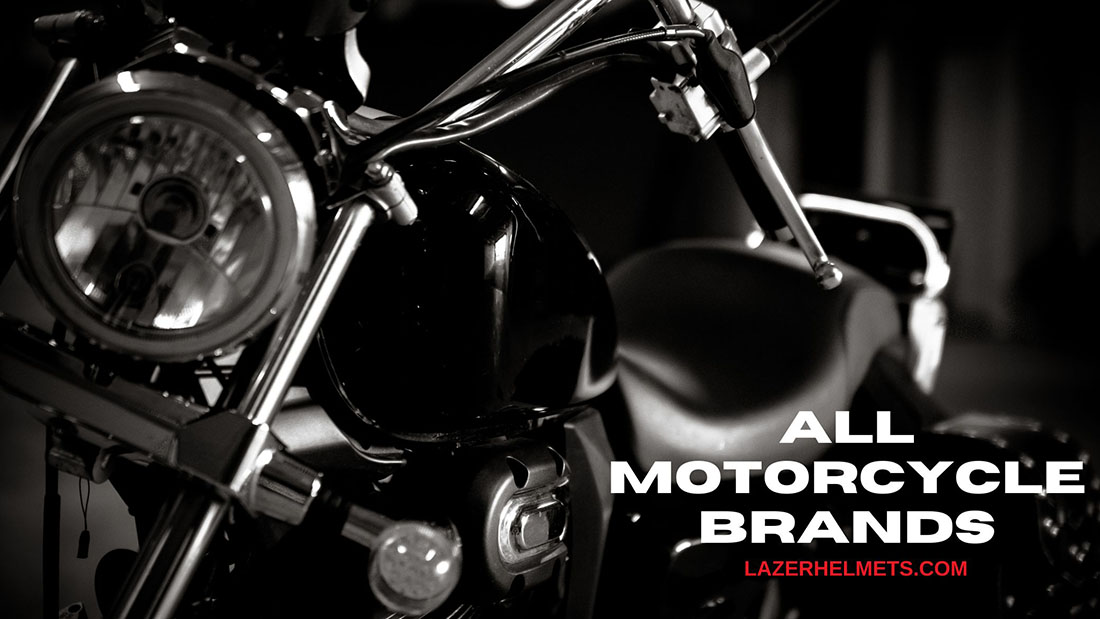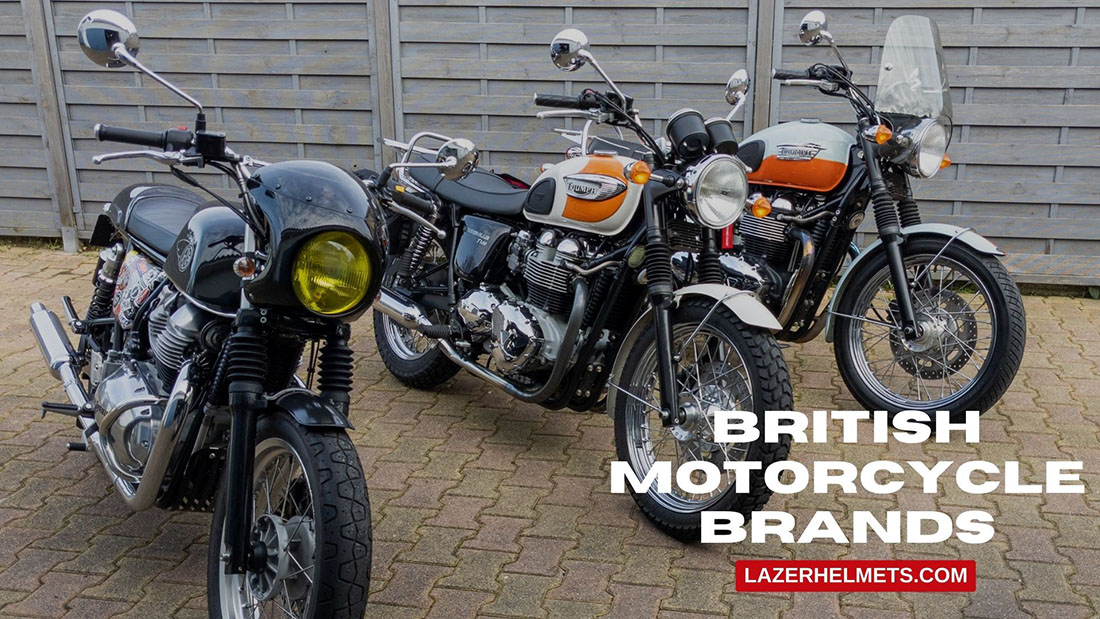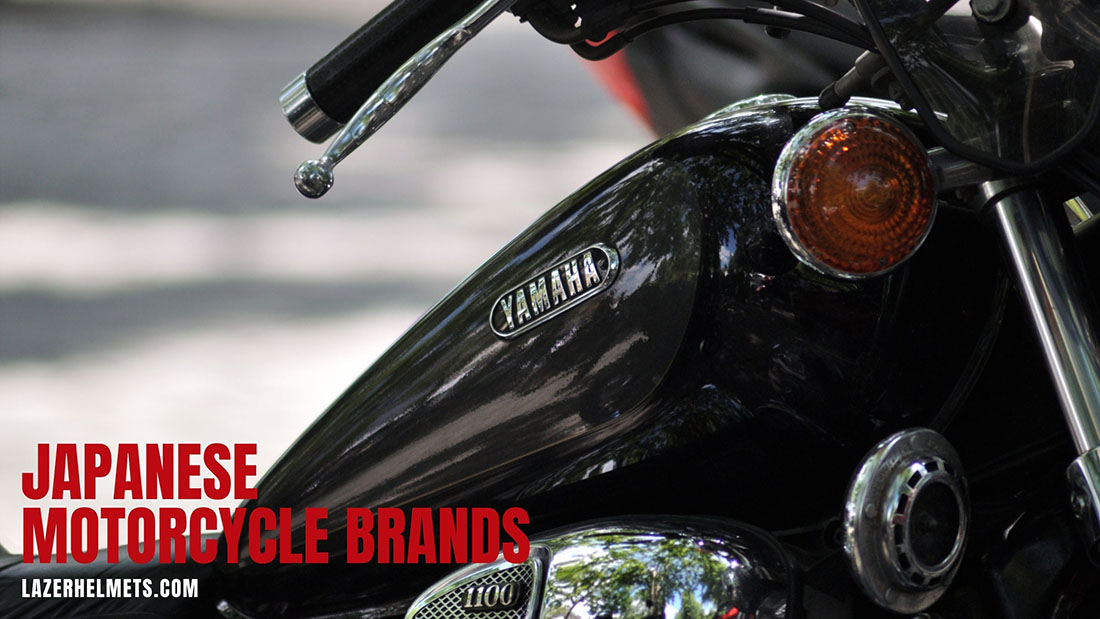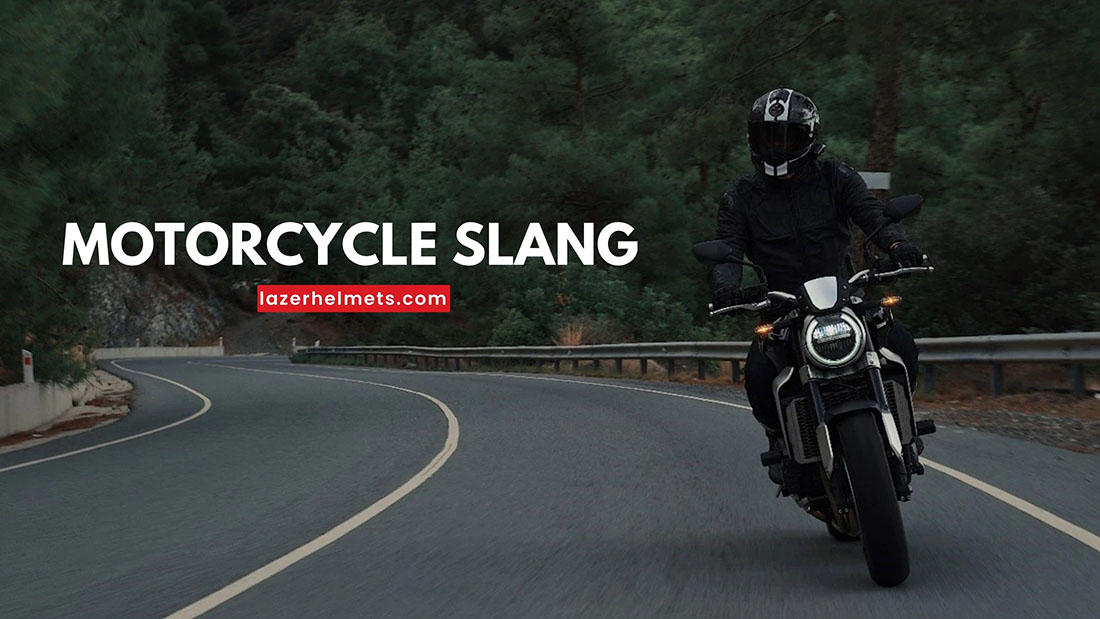No matter whether you are a newbie with your very first bike or a motorcycle enthusiast, 50cc, 100cc, 125cc, etc., are no strangers. . But what does cc mean in engines exactly?
These two mysterious letters, “cc,” seem to serve as division points to determine how a bike performs. This article will answer your question by diving further into cc motors.
Table of Contents
What Is CC In A Motorcycle?
CC (short for Cubic Capacity) refers to the engine’s power output in your motorbike/bicycle. It determines the maximum power your engine can produce regarding mileage, horsepower, and torque.
Higher capacity equals a larger air-fuel mixture and better power quality, resulting in a more powerful two-wheeler.
Still, not every terrain demands high-performance engines (for instance: urban street areas only require 125cc at best), which is why it’s not always necessary to purchase bikes with the largest engine capacities. Marketed bikes are categorized and labeled according to their cc levels, allowing customers to better assess their needs and demands.
At this point, even first-time readers can guess the important role of these measurements in every purchase decision.
But do not forget that certain models/ bike types never offer information about the cubic capacity directly in the manual; some quick math calculations on your part are needed, then, which we will discuss in the next section.
How to Calculate A Bike’s CC?
Step 1.
Look for the stroke and bore specifications on the bike’s engine. These pieces of data are also listed in the owner’s manual in the “Technical Specifications’ area (in most cases).
Let’s take the Kawasaki KZ750 1976 as an example, which has a stroke and bore measurement of 78 x 78 mm.
Extra – for those who want to understand what these numbers imply: The bike’s diameter (cylinder engine bore) is 78 mm. Meanwhile, the piston strokes (from the piston top to the cylinder bottom after the piston is pushed to the stroke’s lower section) are also 78mm.
Step 2.
Multiply the bore measurement against itself. Then keep multiplying the result with the stroke and 3.141593. Return to the Kawasaki example above, and we have 78 (bore) x 78 (bore) x 78 (stroke) x 3.141593 = 1490849.241336.
Step 3.
Count how many cylinders your engine has, then divide the results in Step 2 by that number. Let’s say a Kawasaki’s engine has two cylinders: 1490849.241336 / 2 = 745424.620668.
Step 4.
Divide your result in Step 3 by 1000. Once done, round it up to the closest number to conclude the total displacement of your engine:
745424.620668 / 1000 = 745.424620668 (conclusion: 745 cc).
Look Beyond CC: Other Factors That Determine Bike Performances
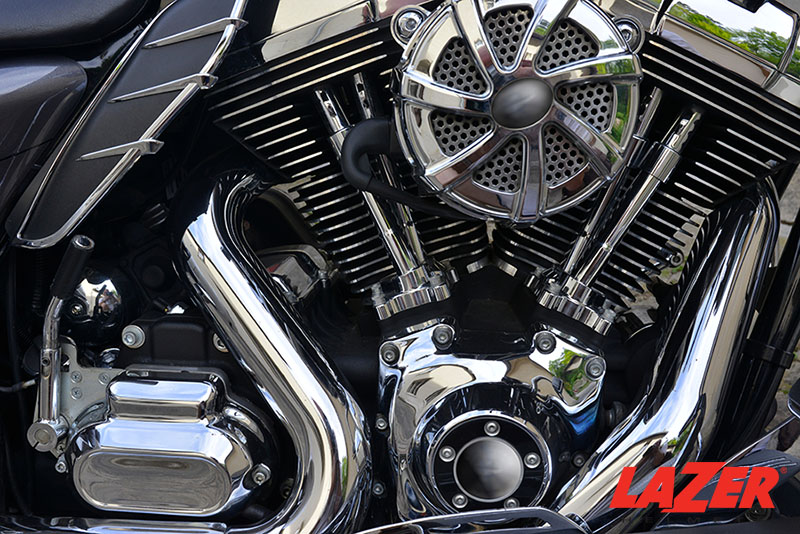
The interactions between engine displacement and body weight produce torque and horsepower, which are sometimes more important than cc in determining a bike’s ride and feel:
- Torque: or forces applied from a distance, which measure the cylinder capacity and combustion cycles at the crankshaft’s length.
- Horsepower: is RPM multiplied by torque, measuring the engine’s working speed. Riders can increase horsepower via numerous techniques, such as gear ratio manipulation.
See more: Motorcycle Horsepower By CC
Note that these two definitions are just the basic; real-life situations are far more complex, with intricate metric interactions that experienced riders may spend years grasping.
And, of course, other intangibles are also at play:
- How does the motorbike fit your body?
- Are its controls intuitively placed?
Though we can also pose the same questions to other vehicle types (like cars or trucks), their weights are more evident in motorcycles. It’s hard to sustain a good performance without physical intertwining between the riders and the bikes.
FAQs
Does CC Influence Insurance?
Yes. Insurance premiums vary across different bike costs and types of motorcycle engine sizes. The same also goes for cars.
Why Are Bikes With Small CC Sometimes Better Than Larger Engines?
Bigger engines often mean larger motorcycle weights – not suited to riders who prefer casual, light rides. Beginners who just started familiarizing themselves with bikes also learn faster with smaller, easier-to-control options.
See more:
Conclusion
Our article has explored every relevant aspect of cc motors. What exactly are they? How to calculate their measurements? Are they the only factors that influence the bike’s performance? All these popular issues have been debunked and analyzed in excruciating detail.
These insightful tips and tricks can hopefully help you navigate the most suitable bike options for your current needs and riding skills. Of course, as usual, you are welcome to ask us more questions or leave further comments.

